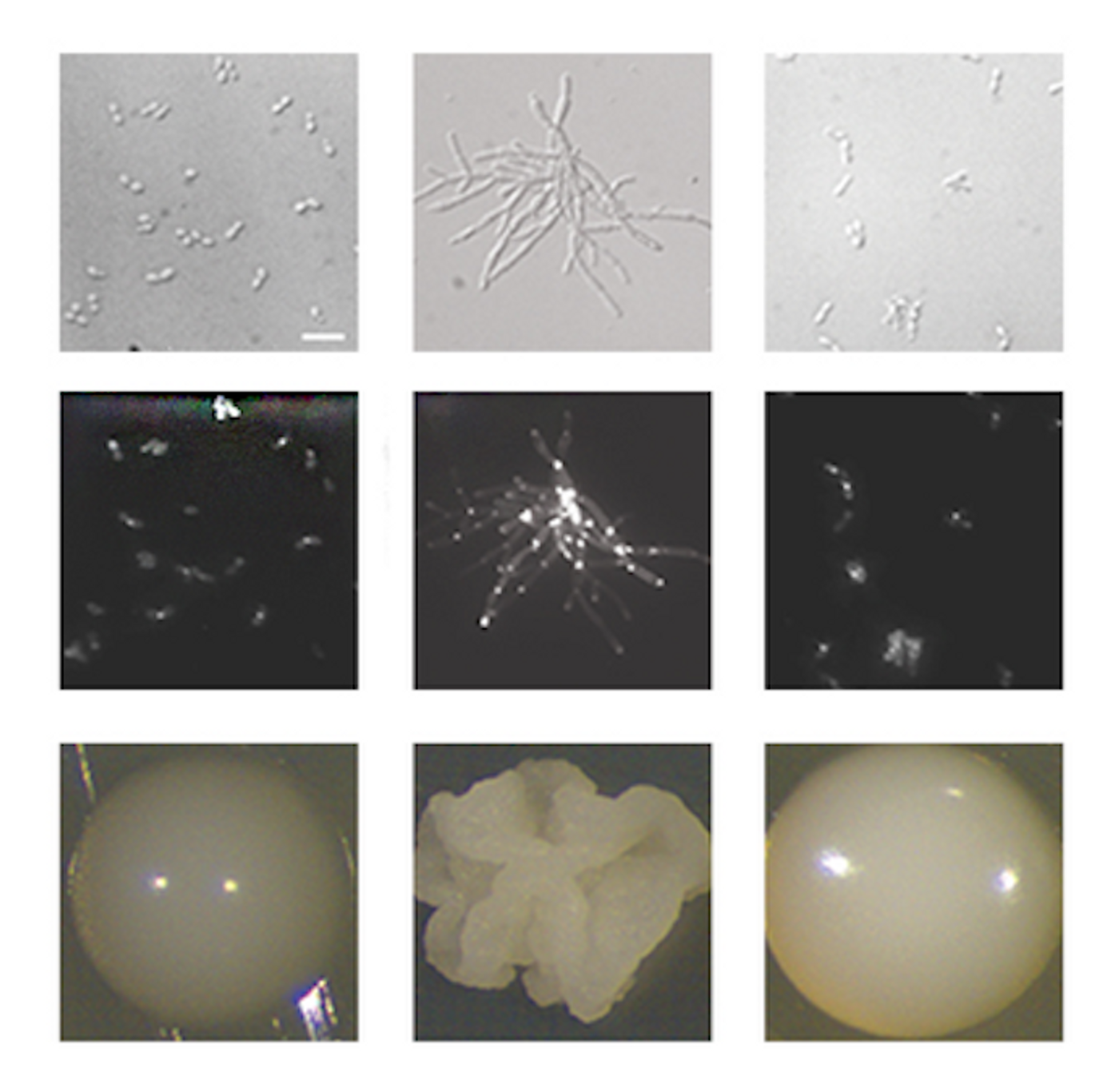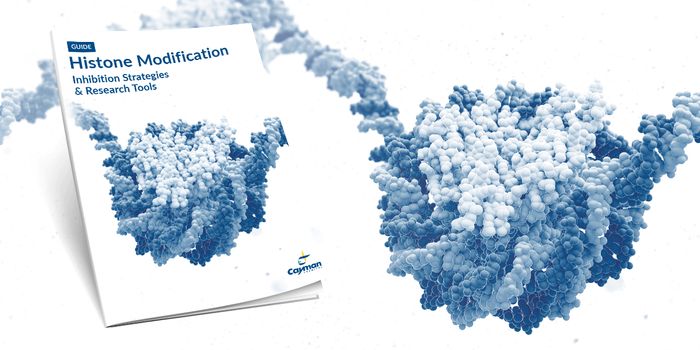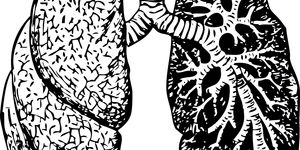Researchers Make a Breakthrough & Edit Genes in a Deadly Fungus
Candida auris emerged as a pathogen around 2009, and has quickly become a serious problem for clinics and hospitals, where the organism often causes outbreaks. Common medication has not been good at treating or eliminating the infection, so new drugs are needed to gain the upper hand. Now that the fungus has been observed around the world, different variants have also emerged, and the differences will be reflected in their genomes. But, understanding the biology of C. auris, and the genes that underlie it, has been difficult.
The physical characteristics of nearly all fungal pathogens, including yeast infections or valley fever, change as they become virulent, noted Teresa O'Meara, Ph.D., assistant professor in the Department of Microbiology and Immunology at the University of Michigan Medical School. "But people hadn't figured out whether Candida auris could do it or how."
Reporting in Nature Communications, researchers have now overcome some challenges to learn more about the genetic changes that take place as C. auris goes from round yeast cells to a filamentous form with extensions.
"It's pretty well known in the field that it is hard to do genetic manipulation in this organism," said O'Meara lab graduate student and first study author Darian Santana. "I think a lot of researchers avoid it or spend a lot of time and energy to get something to work."
The researchers created a new set of genetic tools to study C. auris, which is based on the CRSIPR-Cas9 gene editor, combined with a bacterium that is known to infect plants. The team found that the bacterium can also infect fungi, so they used it to add genetic sequences to the C. auris genome. With this approach, the scientists were able to screen genetically modified C. auris cells to identify those that looked different, like what might be seen in virulent strains. The researchers could then track the genetic changes that accompanied the morphological characteristics they were looking for.
"The genes are not only important for morphology, but they're also important for virulence and for drug resistance," said O'Meara.
This study functions as a proof of principle that can propel C. auris research forward; scientists can now study various strains and their genetics to look for what causes the fungus to become dangerous or drug-resistant.
"The things you learn in one strain don't necessarily apply to another, so it's important to be able to do genetic manipulation in fungi with diverse backgrounds," O'Meara noted.
The researchers are planning to continue to investigate C. auris to learn more about how it spreads so easily.
"Once an infection in a patient is identified, infection prevention will swab the entire room. Generally, with Candida auris, you see that it ends up everywhere: on nurses' lanyards, temperature probes, bedding, et cetera. Removal is a pretty extensive process, and this enhanced ability to transmit seems to be somewhat unique to Candida auris," Santana added.
Sources: University of Michigan, Nature Communications









